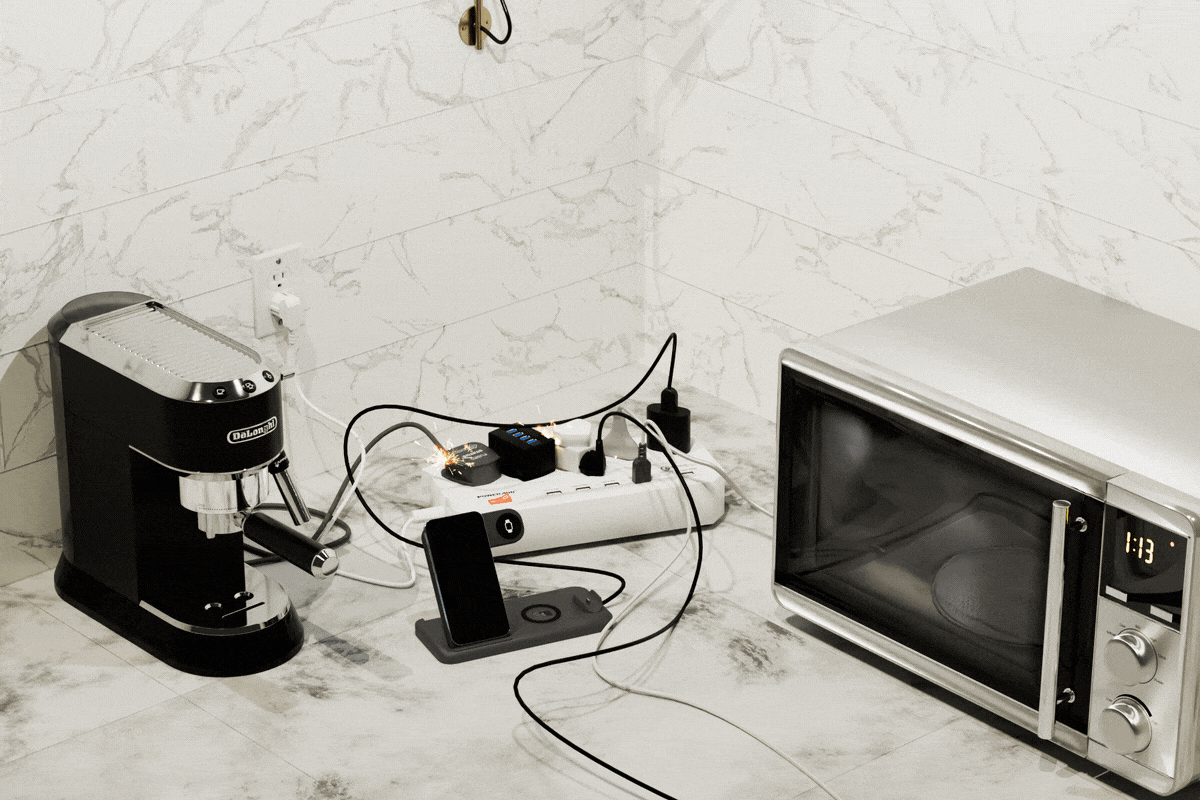Most homeowners take their electrical system for granted, not thinking twice about using unprotected power strips to plug multiple appliances into an outlet designed to power just two items. We asked professional electricians for what to do instead, plus tips on the basic maintenance and repair projects that a careful homeowner can perform. The trick is to go slow, research the proper steps, and know when it’s best to let a pro do the job.
Basic Maintenance and Best Practices
“Homeowners can significantly extend the life of their electrical systems by consistently performing a few key maintenance tasks,” Ryan Gregor, owner and head electrician at RCG Electrical, told The Epoch Times.He suggests inspecting outlets, switches, and cords for signs of wear and tear on a regular basis. “This includes looking for cracks, discoloration, or loose connections. Additionally, homeowners should develop a heightened awareness of flickering lights, tripped breakers, or unusual electrical smells.” All these situations should be addressed immediately, whether by a well-informed DIYer or a professional electrician.










